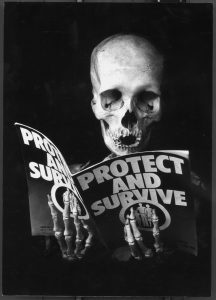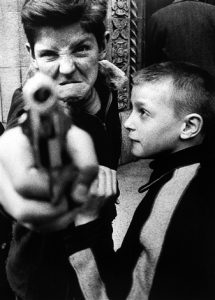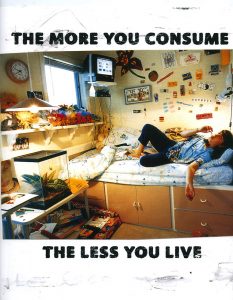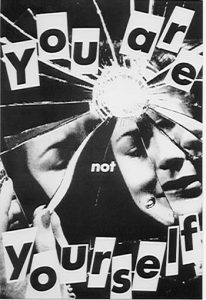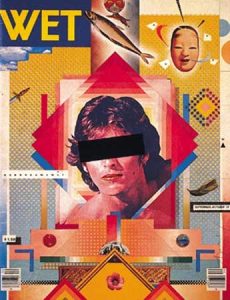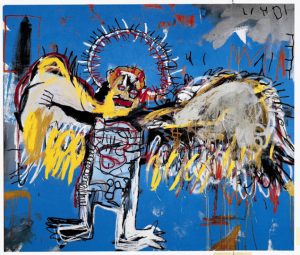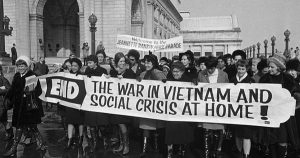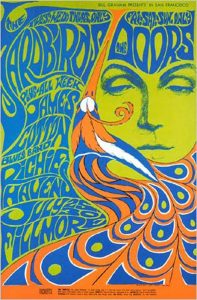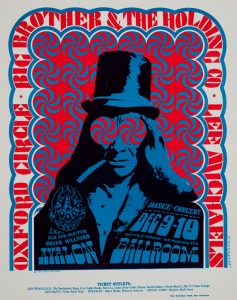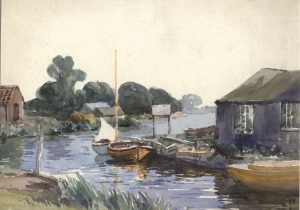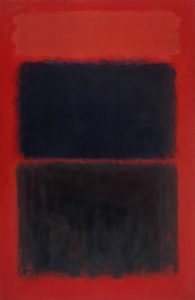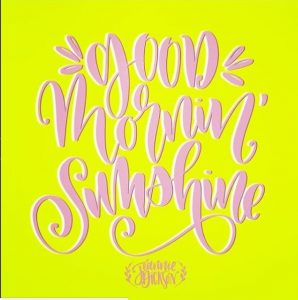Over the last ten weeks, I have been able to constructively analyse a range of art from different disciplines and time periods and have learnt about different movements that have helped to shape the world in which we now live. In particular, I have learnt how photographs and animations can been turned into short filmed, enabling space for greater comparison, such as within ‘Terminal Bar’. I have been able to see how art has influenced and aided these movements, from propaganda posters which were mass-produced to stand alone photographs which have become symbols of revolution. From this project, I have been able to obtain a better understanding of just how powerful art can be and the wide range of topics that it can be used for.
Adding a deeper meaning to my artwork is something that I wish to continue with, working different layers of subtlety to create a piece which is ultimately stronger. By looking at this project and all the different forms of art, I have begun to realise that I need to think more about the smaller details, like the choice of the typeface, colour and symbolism which will all aid to produce a more powerful piece. I should also research my chosen topic, before jumping straight to the design. This way, I believe I would be able to produce a piece which is more informative and that I could hide information also, incorporating it into the visual design. I feel also that I now have more courage to start experimenting with different techniques and disciplines, after looking at all the different results which can be produced.
I feel that I have been most influenced by the subcultures of the 1960’s; how they denied following the set rules, how they challenged and experimented with colour, typography and a new way of living. I found it fascinating to see how it was able to accumulate to such a grand scale despite not having all of the technology we have available today. Additionally, I enjoy learning of current protests today, how meaning and symbolism has been translated into our own consumer society. One particular example of current protests is the company ‘Adbusters’ who commonly play on phrases set by big businesses and highlight negativity or corruption. I admire all the courage and defiance put in to making these pieces of art and hope to bring these ideas to my own future work, particularly with the theme of veganism. I was amazed at how one piece of art could spark such a radical change.
Overall, I do feel that this project has been beneficial for me. I have gained a greater knowledge of the history of art, terminology and of all the disciplines available on this course. I have also been able to reflect upon my own work and compare it to professional practitioners, gathering inspirations and targets for improvements.

